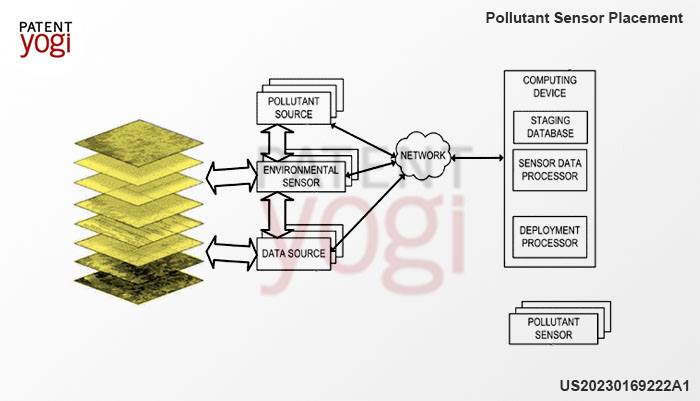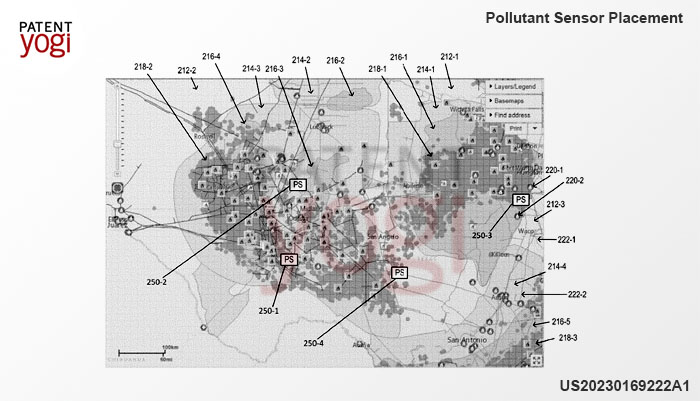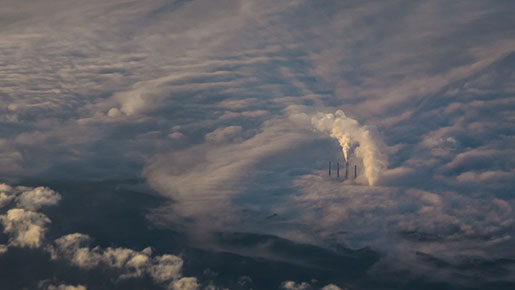Breaking it Down
As the crisis of climate change continues to unfold, Microsoft has taken a significant step in the battle against atmospheric pollutants. On June 1, 2023, Microsoft announced a patent for an innovative system designed to detect harmful pollutants like methane, a potent greenhouse gas.
This pioneering technology employs a network of strategically placed sensors, aiming to identify and respond to pollutant leaks from various sources such as industrial sites, agricultural areas, landfills, and oil and gas facilities. By deploying diverse technologies like satellite data, aerial surveys, IoT sensor grids, unmanned vehicles, and more, Microsoft is crafting a robust, comprehensive, and cost-effective approach to pollutant detection.
Technical Details
Diving into the details of this patent, Microsoft’s solution is focused on the optimal placement of sensors for pollutant detection. It begins by collecting data on environmental characteristics from a wide range of environmental sensors located across a geographic region known to emit pollutants. This data is then transformed into a common spatial and temporal discretization across the region.

Utilizing the common data, the system generates predicted emission plumes, which essentially identify regions where the pollutant is likely to be detected upon emission. From there, sensor locations are selected across the common spatial and temporal discretization, prioritizing areas where the highest number of predicted emission plumes can be detected.
The patent outlines two different strategies for sensor placement. The first is a greedy approach that selects sensor locations based on detecting the maximum number of predicted emission plumes. The second strategy involves spatially clustering overlapping emission plumes into clusters, identifying the centroid of these clusters, and selecting sensor locations at these centroids, again prioritizing locations where the highest number of predicted plumes can be detected.

In this system, a computing device plays a central role, receiving data from pollutant sources, environmental sensors, and external data sources. Based on this data, the computing device determines suitable locations for sensor placement and, in some cases, also decides on the number and characteristics of the pollutant sensors.
Digging deeper, the patent discloses that the computing device uses a deployment processor that could include a neural network model. This model processes the data and divides the geographic region into sub-regions to determine the best locations for the placement of pollutant sensors. This neural network model could be a convolutional neural network model, an autoencoder, or a time-modeling neural network.
Moreover, the neural network model can be a deep neural network for spatial regression or classification, including but not limited to fully convolutional networks, transformer-based networks, or recurrent neural networks. This model generates a stream of pollutant dispersion predictions, which then uses a centroid model like the k-means algorithm to identify sub-regions with similar environmental characteristics and pollutant dispersion patterns.
In conclusion, this patent from Microsoft lays the foundation for a sophisticated system that can significantly improve the detection and remediation of atmospheric leaks of pollutants. The intelligent deployment of sensors based on neural network models and clustering algorithms marks a significant leap forward in environmental protection and the fight against climate change.


